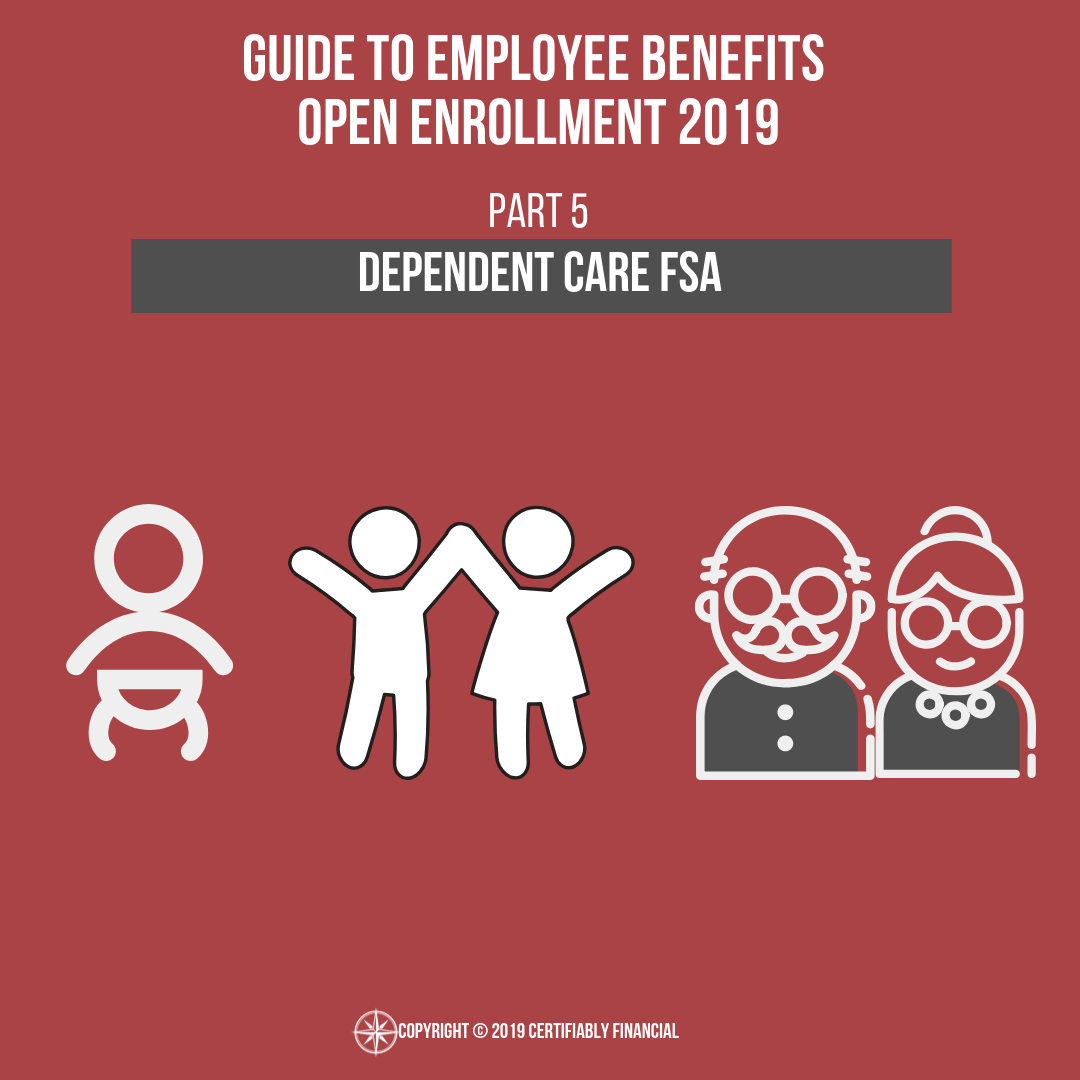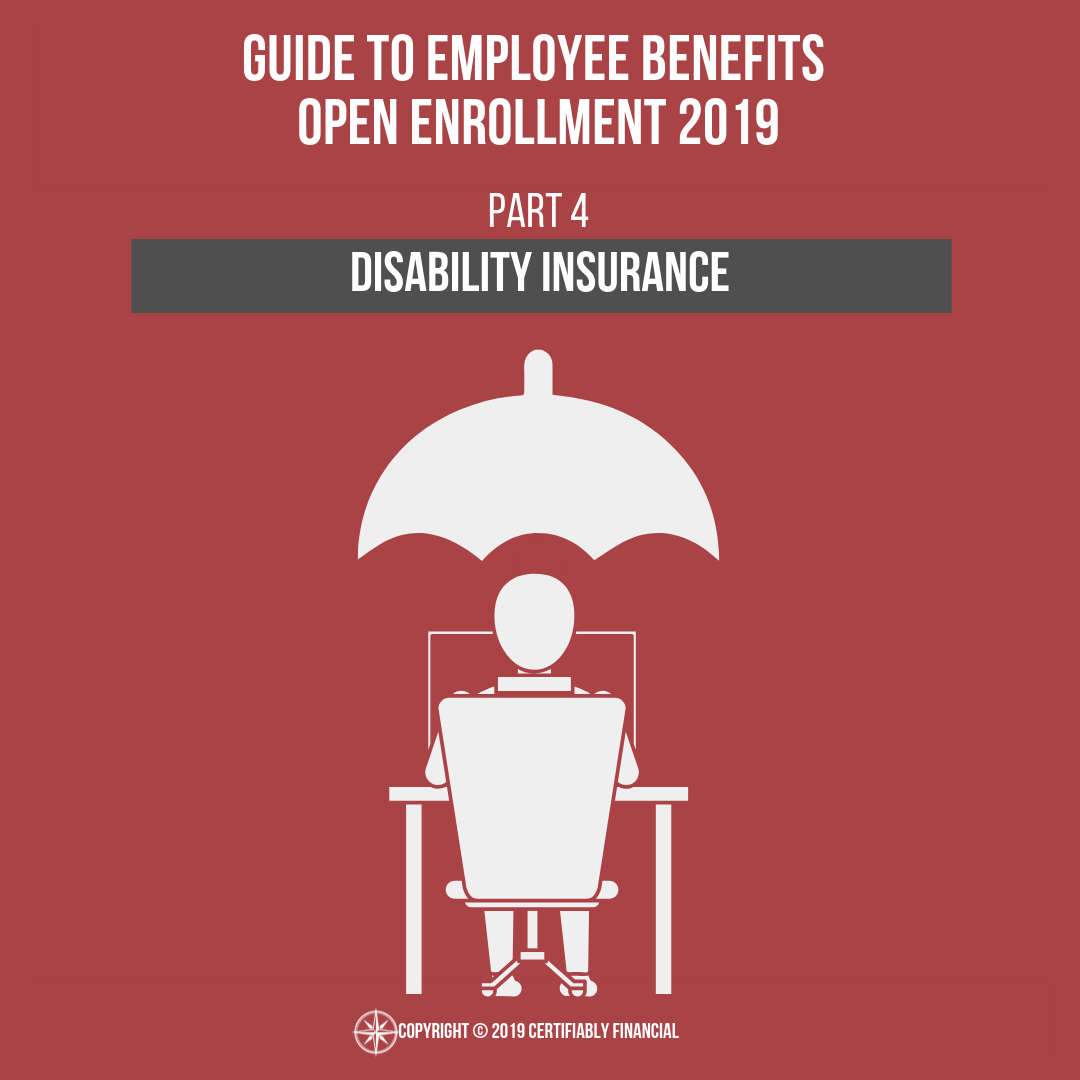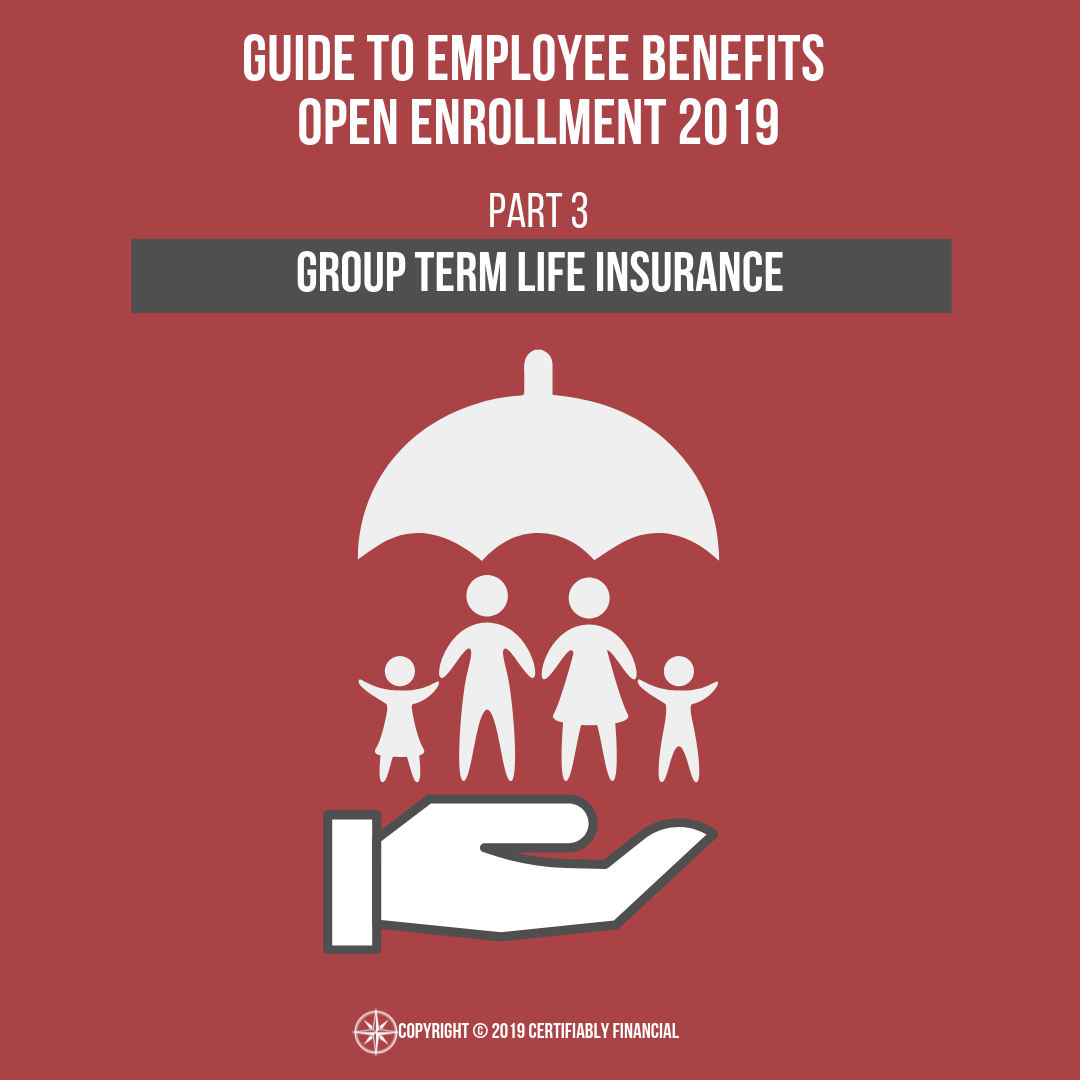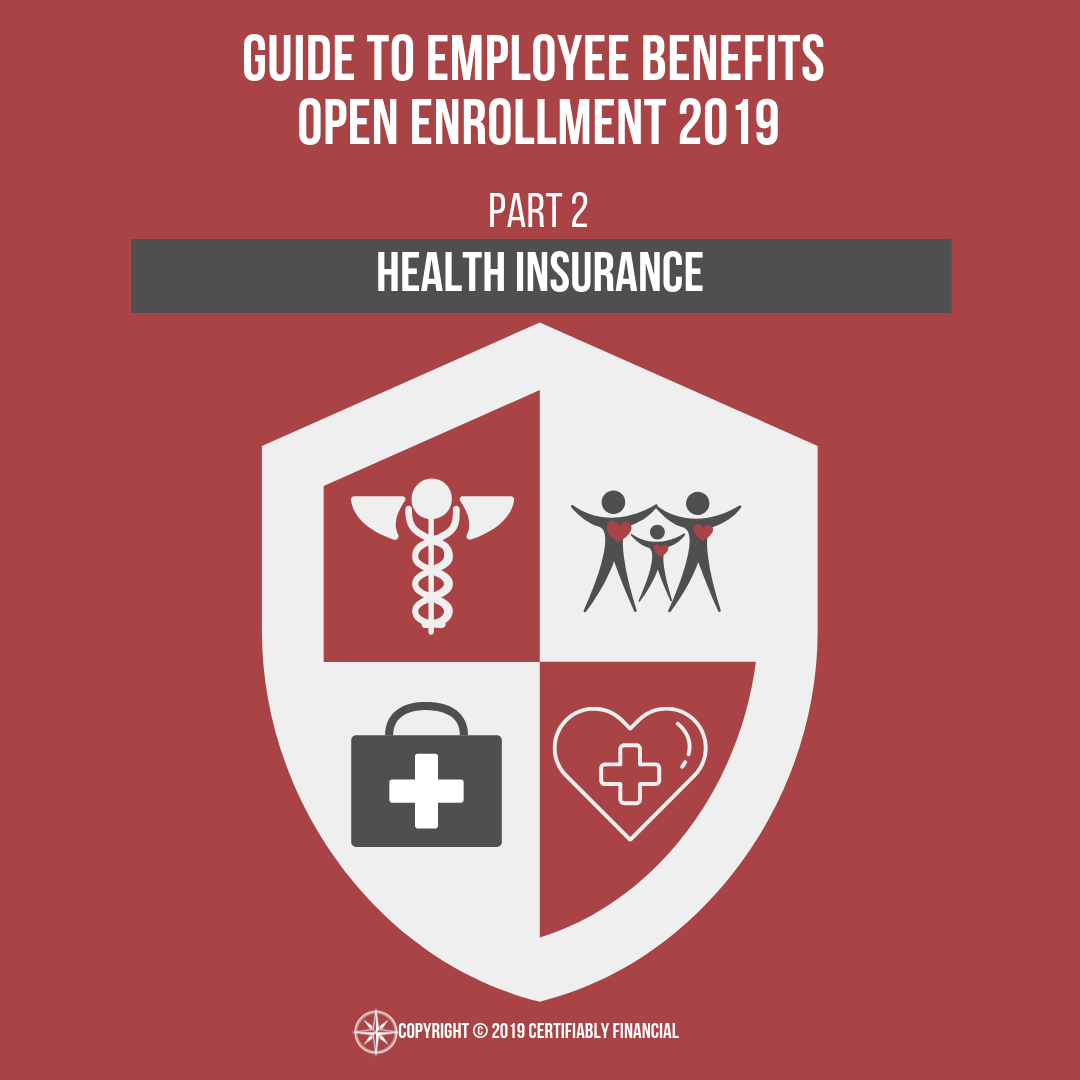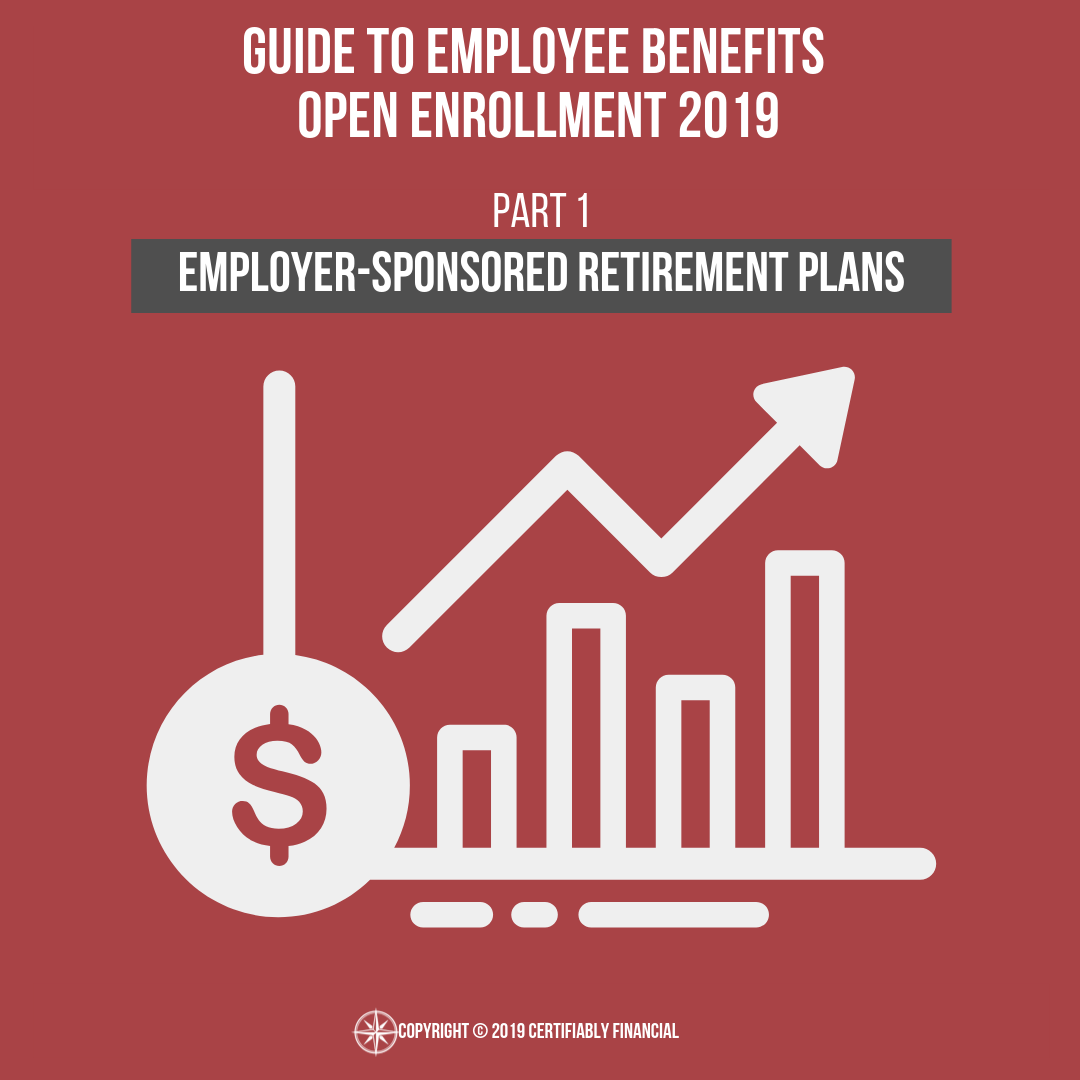Have you ever looked through your employee benefits options during open enrollment and chosen to pay for something just because you weren’t really sure what it was, but it sounded important or you thought you might need it since it’s being offered to you? No one wants to pay for what they don’t need, but when it comes to employee benefits offered to us that we’re not sure whether we need them or not it seems like we often “play it safe” and pay for it instead of going without it. This can mean spending money on things that may not provide the benefits we thought they would.
Employee Benefits
Guide to Employee Benefits Open Enrollment 2019 Part 5: Dependent Care FSA
When I was a little kid, day care was known as grandma’s house. When I got a little older, before and after school care was at one of my sets of grandparents’ houses as well. That’s where my sister and my cousins and I would go after school to get a snack and play until our parents got off of work and were able to pick us up (I don’t seem to remember too much homework getting done there). I’m pretty sure I’ve never spent a day of my life in a day care facility or preschool or before/after school care (besides at grandma’s, of course). Unfortunately, this isn’t an option for most people and preschool, day care, and before school and after school care are all expensive. Really expensive. If you pay for dependent care so that you can go to work and earn an income, then there may be an option offered to you through your employee benefits to lessen the sting of paying for those expenses. Although I wrote about the Dependent Care Flexible Spending Account (FSA) earlier this year, I’m going to freshen it up for this employee benefits series to keep it top of mind.
Guide to Employee Benefits Open Enrollment 2019 Part 4: Disability Insurance
Running your household takes a lot of money. From your mortgage to your car payment to your groceries, it all adds up. And we haven’t even mentioned the other expenses you have to maintain your lifestyle like daycare or eating out or entertainment. Now imagine trying to pay for those things without an income and with no ability to earn. How long would your savings last? What would happen once you spend all that money?
Guide to Employee Benefits Open Enrollment 2019 Part 3: Group Term Life Insurance
Group term life insurance is a very common employee benefit that many people take advantage of. However, not many people think beyond the scope of the coverage offered through their employee benefits to consider why they need the coverage, how long they’ll need it, and if the maximum amount they can get is enough. If there are people who depend on your income and would be financially devastated if something were to happen to you, then this is a benefit that you should be taking more seriously.
Guide to Employee Benefits Open Enrollment 2019 Part 2: Health Insurance
When making employee benefits elections during open enrollment, choosing which health insurance option you’re going to go with over the next year seems to be something that almost everyone guesses at. Some people opt to choose the plan with the lowest deductible, some choose the option with the lowest premiums, and some choose whatever is in the middle. The problem with choosing your health insurance plan this way is that no real thought around how your and/or your family’s health situation is taken into consideration. With just a little education, I’m sure we can all figure out which plan might be most appropriate for our own personal situations.
Guide to Employee Benefits Open Enrollment 2019 Part 1: Employer-Sponsored Retirement Plans
This is part 1 of a series where I’ll be providing general education on many of the employee benefits elections that you’ll be faced with during open enrollment season. While there are some employers whose employee benefits open enrollment has already closed, many companies don’t have open enrollment until October or November. I find that many people take their best guess at making their enrollment elections, but have never really been well-educated on the decisions that they have in front of them or what might be best for their personal situation and don’t necessarily understand everything that they’re opting into or out of. Something that can make this even more confusing is having a spouse who’s employed at a company that provides benefits and trying to figure out how each employer’s benefits can work together for you. I’m hoping that this series of posts can help provide some education around some of the common benefits offered by employers and help people make better decisions for what might be best for their personal situation.
Repost: Work Together
In March of this year I wrote an article titled Work Together which speaks about how married couples can optimize their financial lives through combining their personal finances. As I think about and prepare for my wedding this weekend, this is the topic that continues to come to the top of my mind to write about. Not only that, but one of my favorite podcasts published an episode around this topic as well. When I was gathering my ideas, I remembered that this is something I’ve written about before, but I didn’t realize how recently it had been. So, since this is top of mind for me this week, I thought I’d repost the article from March with some additional commentary.
Tips To Lower Your 2019 Taxable Income
3 minute read
Save To Tax-Advantaged Accounts
There are many options for you when it comes to saving that will help you to decrease your taxable income. Contributing money to an employer provided retirement account such as a 401(k) or 403(b), saving to an IRA, or contributing to a Health Savings Account (HSA) are all ways to decrease your taxable income, which in turn will decrease the amount of taxes that you’ll have to pay. An even bigger benefit to saving to these accounts is that you’ll be helping your future self prepare for retirement and/or large medical expenses.
Another option is to save to a 529 College Savings Plan. Indiana residents who file taxes in Indiana receive a 20% tax credit on up to $5,000 in contributions to Indiana CollegeChoice 529 Savings Plans. That’s up to a credit of $1,000 taken directly off your tax bill ($5,000 contribution x 20% credit). Tax credits are better than tax deductions because they reduce your tax bill dollar-for-dollar whereas deductions only marginally reduce the amount of taxes that you pay.
Maximize Your Employee Benefits
Besides making contributions to your employer retirement account, there are often other employee benefits that employers provide that you can take advantage of to reduce your taxable income. Some of the best, but often overlooked, benefits that you may have available to you are the dependent care FSA and the HSA, which I mentioned above.
An HSA will not only allow you to save on Federal taxes, but you also do not pay FICA (Social Security & Medicare) taxes on money that you contribute to the account, if the contributions are setup through your employer’s payroll system. (if you make contributions directly, then you’ll still have to pay FICA taxes on that money).
If you’re paying for daycare or before/after school care for your kids, then contributing to a dependent care FSA is a no-brainer. You’re already paying for the care for your child and using the dependent care FSA allows you to do so in a tax-free manner, up to a limit. You should be taking advantage of this benefit if it’s available to you and you’re currently paying for dependent care expenses.
File A New W-4
A W-4 is a the Employee’s Withholding Allowance Certificate that you file with your employer (you probably did this when you first began working there). This document tells your employer (or more likely your employer’s payroll company) how much to withhold from your paycheck for taxes.
If you owed a significant amount in taxes this year, or even if you’re getting a hefty refund, you may want to consider filing a new W-4 with your employer to have a more appropriate amount withheld from your paycheck. This can help to make sure that you don’t end up in the same situation come tax time next year. While updating your withholdings through filing a new W-4 doesn’t decrease your taxes, it can help to make things easier when it comes time to file next year – making sure that there’s not a large balance due when you file or making sure that you keep more money in your pocket throughout the year and receive a smaller refund.
Start Saving On Taxes Now
Articles about how to save money on taxes are usually written towards the end of the year when people begin to think about how much they will owe and start trying to figure out if there are any last minute things they can do to decrease their taxes. Being proactive and starting to implement some of these strategies now will help you make sure that you’re able to relax while everyone else is searching for end-of-year tax savings tips.


